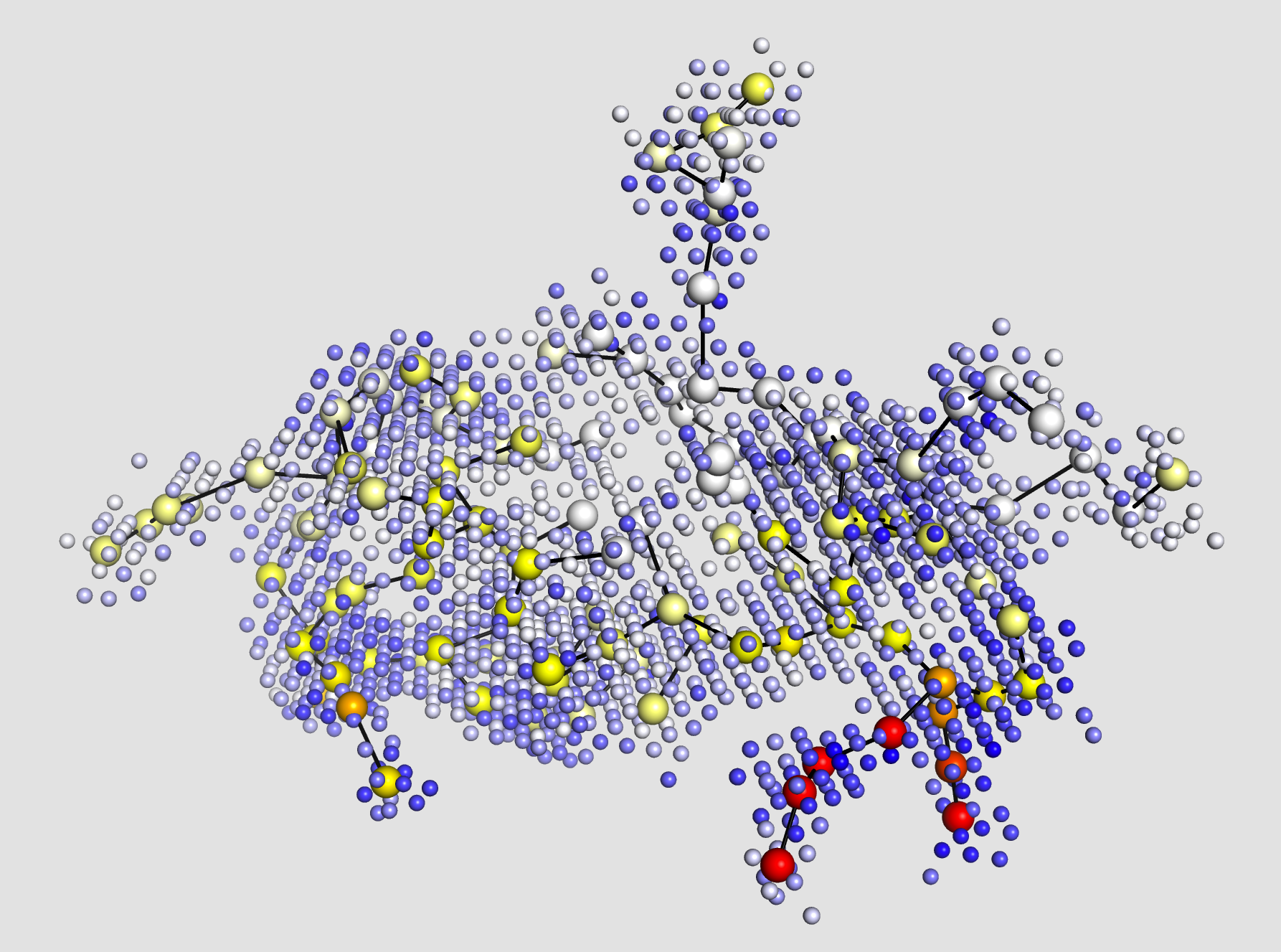From pockets to ligands and back again: Designing bioactive compounds
Abstract
The architecture and properties of protein pockets defines the diversity of their functions and the way individual compounds affect biological systems. Computer-assisted drug design relies on a profound understanding of the structural relationships between ligand-binding pockets. We will present innovative methods for the detection, representation and comparison of protein surface cavities, which were applied to ligand discovery and prediction of bioactivity. As a complementary concept, we will discuss ligand-based virtual screening techniques that work on the molecular graph and so-called “pseudo-receptors”, which can be used to generate idealized models of ligand-binding cavities. Applications of these methods will be presented in the context of molecular de novo design for pharmaceutically relevant drug targets.

References
Geppert, T., Hoy, B., Wessler, S. and Schneider, G. Context-based identification of protein-protein interfaces and “hot-spot” residues. Chem. Biol., 2011, 18, 344-353.
Hartenfeller, M., Schneider, G. De novo drug design. Methods Mol. Biol., 2011, 672, 299-323.
Reisen, F., Weisel, M., Kriegl, J. M., Schneider, G. Self-organizing fuzzy graphs for structure-based comparison of protein pockets. J. Proteome Res., 2010, 9, 6498-6510.
Weisel, M., Kriegl, J. M., Schneider, G. Architectural repertoire of ligand binding pockets on protein surfaces. ChemBioChem, 2010, 11, 556-563.
Klenner, A., Hartenfeller, M., Schneider, P., Schneider, G. 'Fuzziness' in pharmacophore-based virtual screening and de novo design. Drug Discov. Today Technol., 2010, 7, e237-e244.

